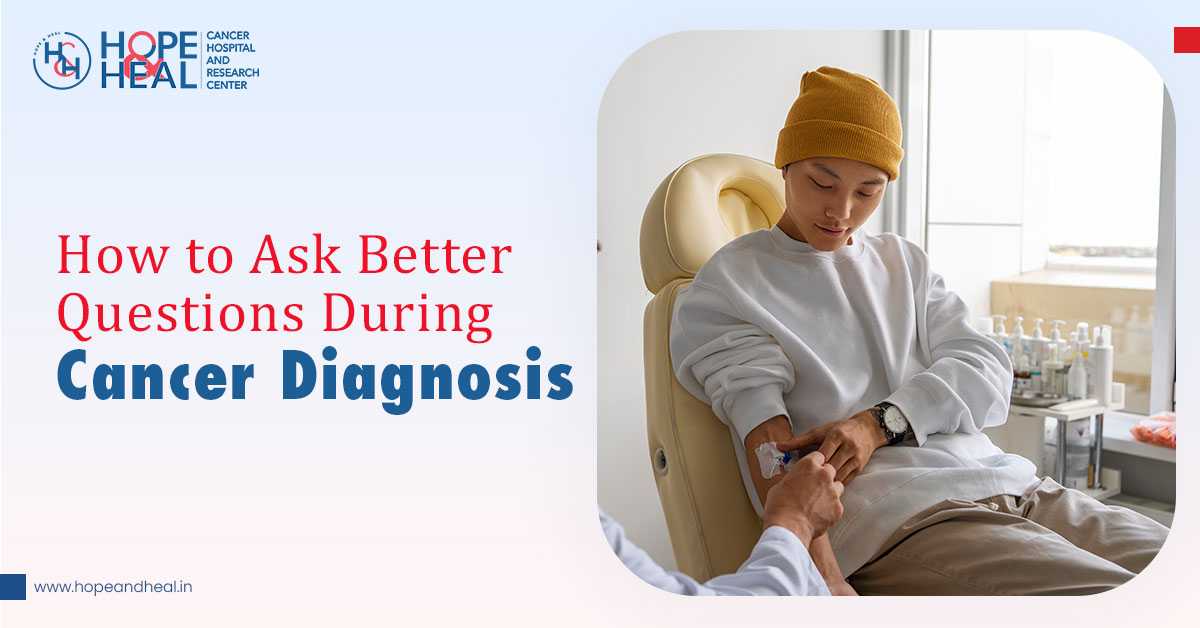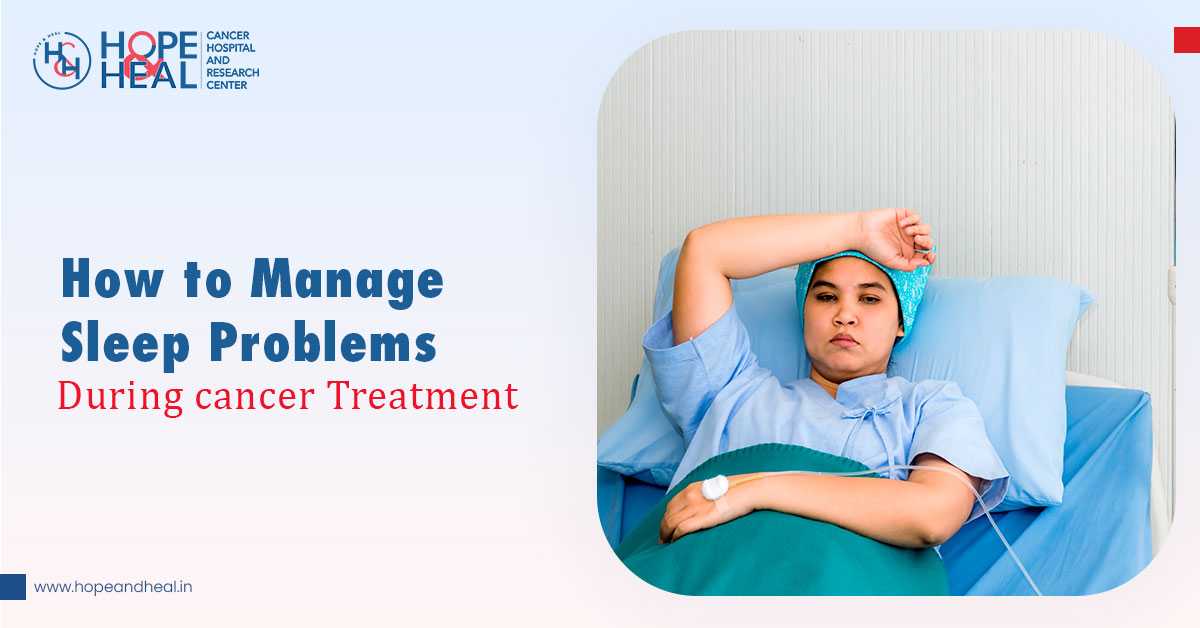Childhood cancers are a malignancy in children, and with timely diagnosis and treatment, a successful survival may be achieved. Even while pediatric cancers are less common in general than adult malignancies, cancer affects many youngsters each year.
Some childhood cancers are very common, while some are so uncommon that they only make up a small percentage of cases worldwide. The affected age group is usually between babies and to age of 14 and teenagers to 19.
Early diagnosis has always been vital in disease management. For optimum childhood cancer treatment, consult top oncologists at the leading cancer hospital in Siliguri, at Hope and Heal.
Overview of Pediatric Cancer (Childhood Cancer)
In simple terms, pediatric or childhood cancers are cancers that develop between birth and the age of 14 and affect teenagers. Childhood cancers are generally uncommon and can differ from adult tumours in terms of growth, metastasis (cancer spread), response to treatment, and management.
Symptoms of common pediatric diseases can mimic those of childhood cancer; however, signs that no parents or caregivers should avoid are:
- Persistent weight loss without any cause
- Headaches, frequently accompanied by vomiting in the morning
- A lump or tumour, such as in the neck, chest, armpits, abdomen, or pelvis of the kid
- Long-lasting, unusual changes in the eyesight
- Excessive bleeding
- Frequent infections
- Unexplained fatigue that persists
- Easy bruising and usual rash development
- Prolonged swelling in your child's legs, back, joints, or bones
- Ongoing nausea or vomiting
- Persistent or recurring fevers unrelated to the flu
It’s vital to get your child medical attention without delay. These symptoms aren’t often the signs of cancer. Diagnosis by a medical expert is crucial for the early detection of the root cause of these symptoms present in your kid.
Most Common Childhood Cancers
-
Leukemia
The most common childhood cancer diagnoses are leukemia, which is responsible for about 30% of all pediatric cancers under 15 years. It affects white blood cells and starts in the bone marrow, and in children, Acute Lymphoblastic Leukemia (ALL) is the most common form of this type.
Symptoms include: Bone soreness, easy bruising, tiredness or fatigue, and recurrent infections.
Treatment: The main treatment here is chemotherapy; in a few instances, bone marrow transplants or targeted medicines may be employed.
-
Brain and Central Nervous System (CNS) Tumors
Pilocytic astrocytoma grade 1 is the most prevalent brain tumor in kids, which grows with time. More often, these tumors are cystic, or fluid-filled. Tumors of the central nervous system are the most common solid malignancy in children under the age of 15.
Symptoms include: Ongoing headaches, balance issues, nausea, vision problems, vision issues, hearing problems, and seizures.
Treatment: The main medical care options are surgery, radiation therapy, and chemotherapy.
-
Lymphoma
Cancers that grow in the lymphatic system are collectively referred to as lymphomas. Like blood vessels, the lymphatic system is composed of an extensive network of vessels that extend into every tissue in the body. Although Hodgkin lymphoma can affect anybody at any age, teenagers and young adults are the most likely to have it.
Symptoms include: Recurrent fever, unexplained weight loss, unusual sweating at night, rash, generalized itching, trouble breathing, ongoing fatigue, unexplained weakness, and bowel blockage.
Treatment: Chemotherapy, radiation therapy, and surgery are the common and effective treatments here.
The Rarest Childhood Cancers
-
Pleuropulmonary Blastoma (PPB)
It’s a rare and aggressive form of pediatric cancer that develops in the lungs. Also, it can develop in the tissue covering the lungs, and the pleura, the inner wall of the chest cavity. Children under the age of six are typically affected, and at first, it may be mistaken for a lung infection. Receive personalized pediatric cancer treatment at the best cancer hospital in Siliguri.
Symptoms: Coughing, breathing difficulties, a fever, weight loss, abdominal pain, chest pain, and loss of appetite.
Treatment: Surgical approach followed by chemotherapy is more often the treatment for PPB.
-
Pediatric Pancreatic Cancer
It is an extremely rare childhood cancer, and solid pseudopapillary tumors and pancreatoblastoma are the most prevalent ones. The most prevalent endocrine pancreatic tumor in children is insulinoma. Due to ambiguous symptoms, pediatric pancreatic cancer diagnosis frequently occurs later.
Symptoms include: Jaundice, nausea, weight loss, and abdominal discomfort.
Treatment: Radiation, chemotherapy, and surgery (in rare instances).
-
Esophageal Cancer
This is again one of the rarest cancers in children that grows in the esophagus. The most common esophageal tumor in children is squamous cell carcinoma, while Adenocarcinoma is the most uncommon in this category. Esophageal cancer can develop in children without risk factors, like gastroesophageal reflux or Barrett's esophagus.
Symptoms include: Trouble swallowing, nausea, vomiting, reflux, tiredness, weakness, weight loss without reason, indigestion, heartburn, etc.
Treatment: Chemotherapy, surgical removal of tumors, radiation, and targeted therapy (in some cases) are given for pediatric esophageal cancer.
Pediatric cancers vary widely, ranging from the common brain tumors and leukemia to the extremely uncommon pediatric pancreatic cancer and pleuropulmonary blastoma. Ongoing research, early identification, and awareness of symptoms can help with the timely diagnosis and treatment of childhood cancer. Seek guidance from the top oncologists at one of the best cancer hospitals in Siliguri City.




